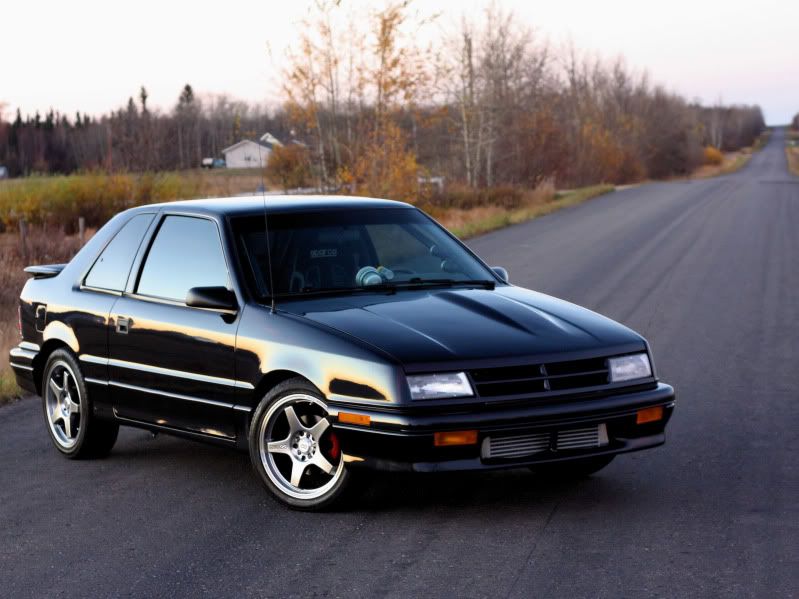First I must say this site has been a godsend. It took me a while to find but it was worth it. 
As some background I have built a low 11 second 1/4 mile Dodge Shadow and one of my goals with the car was a 10 second daily driver. I am putting the car on a diet which will give me the chance to learn more which I love. This time it will be with composites. I have exprerience with fiberglass and a bit with carbon fiber on our university Formula SAE team but not a whole ton. I should also note that challanges don’t scare me in the least and I love jumping in to something new.
I would like to make sure I am on the right track with my learning so far. Making the mold seems pretty straight forward so I think I have that down. I am planning a carbon fiber hood using 3 layers of 3K twill followed by 1/2" nomex honeycomb and another 2 layers of 3K. It will be a wet vacuum bagged layup using US Composites 635 expoxy resin. So here are some questions and please let me know if I haven’t include enought info.
-
I haven’t had time to do any computer analysis on the laminate but does the 3 layers-HC-2 layers seem like enough? No one will ever sit, stand, or for that matter man handle my hood so it just needs to withstand the aerodynamic forces and careful removal-reinstall.
-
With twill, is there a 0-45-90-180 or is it just 0-45 for alternating layers. I was planning to do the first layer at 0 for cosmetic reasons and then 45 but do I need to make sure the next is 90 or is 0 OK again?
-
I don’t want the black carbon look but would like a bit of weave so I was going to do a candy tinted to the Monaco Blue body color and then clear. From what I read doing a clear gel coat is the way to go before the topcoat to eliminate the risk of pinholes. Is this correct?
-
I’m concerned about weight but not really as it isn’t an F1 car. I haven’t used gelcoat yet but I can’t imagine an extra coat of clear gel would be adding all that much weight. Am I correct in that thinking?
Sorry for the long first post but I really appreciate the info I have already found in this site and just had a few dangling ends. Thanks in advance
For anyone interested here is my current build log…
http://www.turbo-mopar.com/forums/showthread.php?39999-93-2.4l-DOHC-Shadow
DJ



